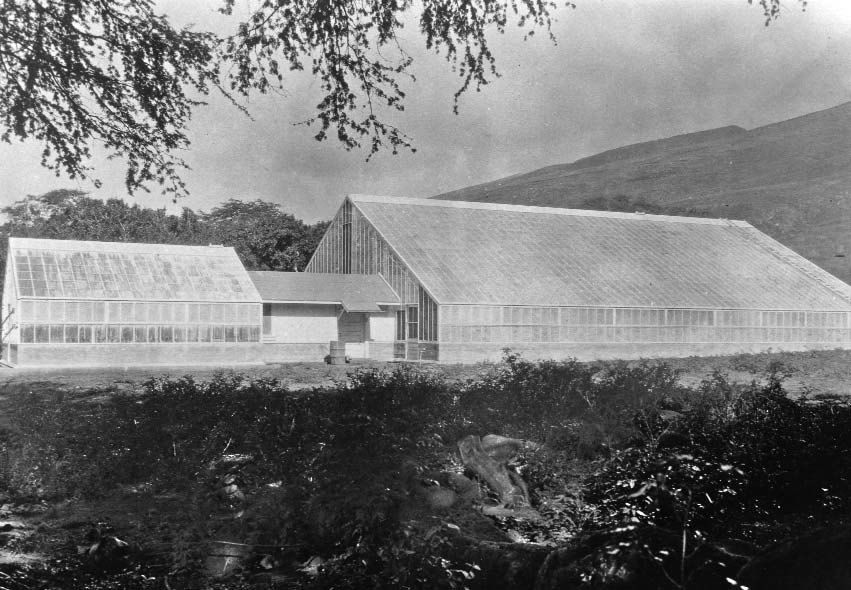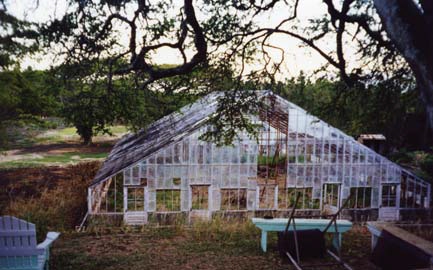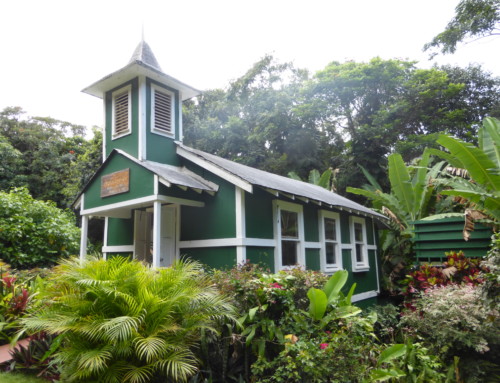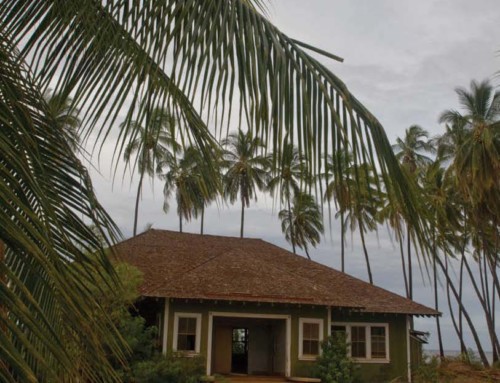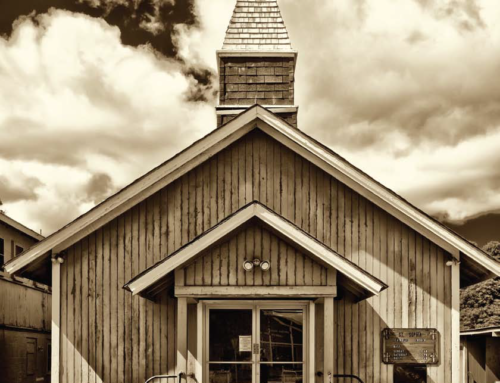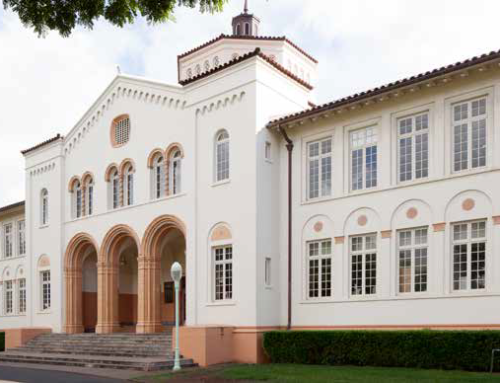Photos: Courtesy of Arleone Dibben-Young
Article Written By: Michael Keany, HONOLULU Magazine
What is it?
In 1930, when it was built, the Mapulehu Glass House on Moloka‘i was the largest glass conservatory in Hawai‘i. The Hawai‘i Sugar Planters Association used the greenhouse to quarantine experimental strains of sugar cane until the mid-’70s. Since then, the property it sits on has been used as a heleconia and ginger farm and a Nene hatchery. It’s currently owned by Ka Hale Pomaika‘i, a substance-abuse recovery nonprofit.
What threatens it?
Competing claims have prevented a clear preservation plan for the 8.9-acre property, since human bones were uncovered by a former leaseholder. Ka Hale Pomaika‘i wants to fix up the property’s main residence to house recovering drug addicts, but they’re being blocked by Hawaiian activists such as Raymond Leimana Naki and Alapai Hanapi, who insist that the structures on the property—glass house included—must be razed for a bone repository. “We want the iwi (bones) laid to rest,” says Naki. “Mapulehu has a long history of our kupuna and our chiefs.” Even if the compromise burial plan Ka Hale Pomaika‘i is proposing is approved, the nonprofit has no plans to restore the glass house, as it’s not central to the primary mission of drug rehabilitation.
What can be done?
As the battle continues, the glass house deteriorates. Vandals have broken out many of the hand-poured glass panes, as have hale koa trees, which are growing up through the structure. Most seriously, the glass house’s foundation is weakening, due to the disintegration of the beach sand used in the foundation concrete. The previous owner, Arleone Dibben-Young of Nene o Moloka‘i, says she got a 1997 estimate of $90,000 to stabilize the foundation with resin. “It’s a pretty awesome structure, and it would be wonderful to restore it,” she says. Right now, though, there doesn’t seem to be anyone connected with the glass house willing to spend that kind of money on it.


